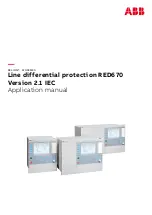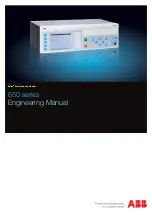
3.7.2 Tension direction of the dancer
Rewinder and unwinder tension direction are different:
The rewinder provides permanent traction force on the paper web
The unwinder provides permanently a full paper loop
Depending on space, mounting of the winders may differ. In principle the dancer roller has to be
mounted so that the paper web never can be stretched. This applies both for full and empty paper
rolls.
At the rewinder, the direction of rotation of the motor must act against the spring force of the
dancer roller allowing thus a finer adaptation of the dancer roller position with empty winder
mandrel.
At the unwinder the direction of rotation of the motor has to be adjusted according to the label
roll design: whether it is
inside
or
outside
wound.
3.7.3 Direction of action of the dancer
The direction of action of the dancer roller is set on the C9100 winder control
14
with the
DANCER
jumper. As a rule the jumper is already set in factory in the correct direction of ac-
tion. It must be distinguished between rewinder and unwinder:
The rewinder motor must start with free dancer
The unwinder motor must stop with free dancer
ATTENTION:
On the rewinder a free released dancer starts the free-wheel limitation
which stops the winder mandrel after eight revolutions. Therefore either
stop the winder or do not let swing out the dancer completely.
3.7.4 Motor rotation direction
The toggle switch
15
, placed on the cover
13
of the winder allows to select the direction of rota-
tion of the winder mandrel
6
.
3.7.5 Tension force of the motor
The tension force of the motor depends of:
The rewinder must not produce high accelerations but provide a constant force on the paper
web.
The unwinder must be capable to rapidly produce high accelerations but after unwinding it
must stop immediately.
The TORQUE and WIND jumper blocks on the C9100 winder control
14
are intended to set the
tension force.
5999.554-01A 16.08.2001 WM
Page 12 / 26













































